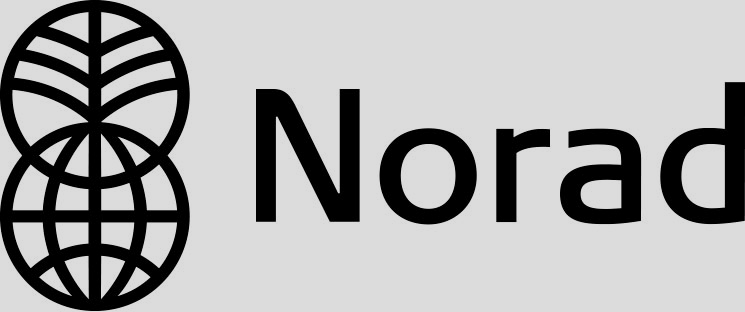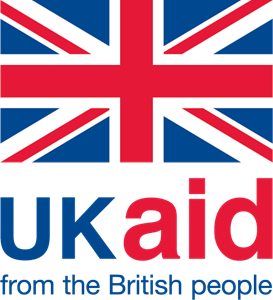Partner Organizations




Development Partners






The tax treaty policy framework should establish and explain the main policy outcomes that a country wishes to achieve when negotiating tax treaties (“to know what it wants”), including the identification of priority countries, the degree of flexibility that the negotiators may have and a minimum acceptable outcome in order to reach agreement.
The UN and the OECD Models are helpful since it is harder to negotiate provisions that are not based on one of those Models.
Some factors that should be taken into account include:
Therefore, the tax treaty policy framework should be agreed on a whole-of-government basis and decisions to depart from specific policy choices endorsed in the UN or the OECD Models should be, if possible, limited and always carefully reasoned. Some regional organisations may also be helpful resources to obtain advice when designing a tax treaty policy framework and model.
In light of the above factors, a sensible starting position for the development of the tax treaty policy framework would be for a country to carefully consider the provisions of the UN Model and the OECD Model (including the alternative provisions contained in its Commentary) and the interaction of those provisions with their own domestic and international tax policy, with a particular focus on defining a policy position on each of the following (with an inclination to protect source country taxing rights):
In applying the tax treaty policy framework when designing a country’s model or preparing for a particular negotiation, countries should ensure that they analyze at least the following points and adapt as appropriate (see also subsection C.5.):
The model treaty should reflect the choices made when developing the country’s tax treaty policy framework and should take the form of a draft treaty showing the different provisions that the country would ideally want to include in its tax treaties.
Countries should, as far as possible and to the extent that this is consistent with their policy objectives, adopt the structure of the UN Model and the OECD Model and use the wording of the provisions found in these models and their commentaries. Countries should also be mindful of the benefits of a consistent approach (see subsection C.7).









